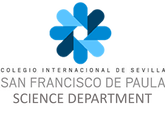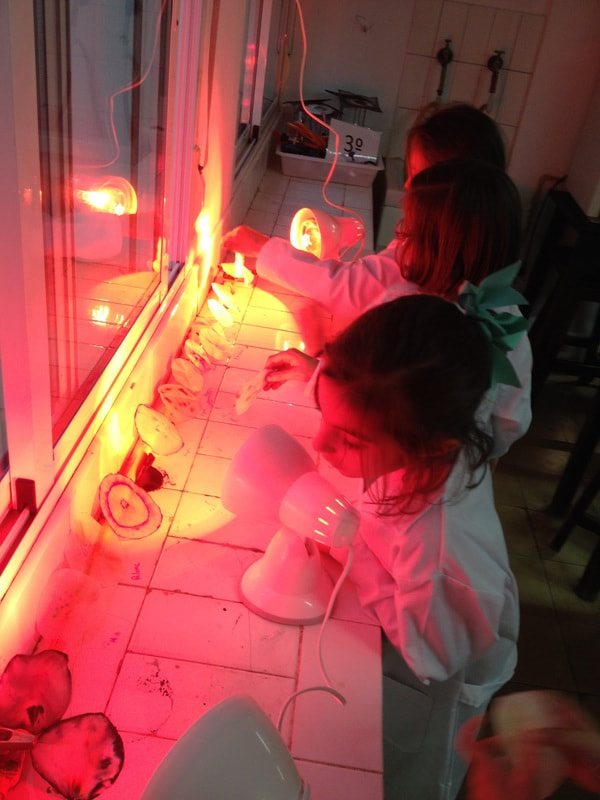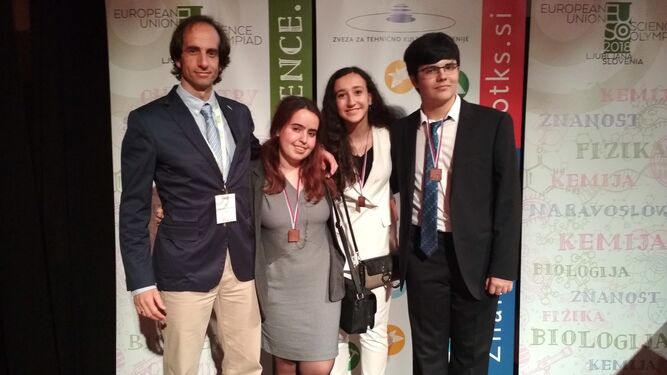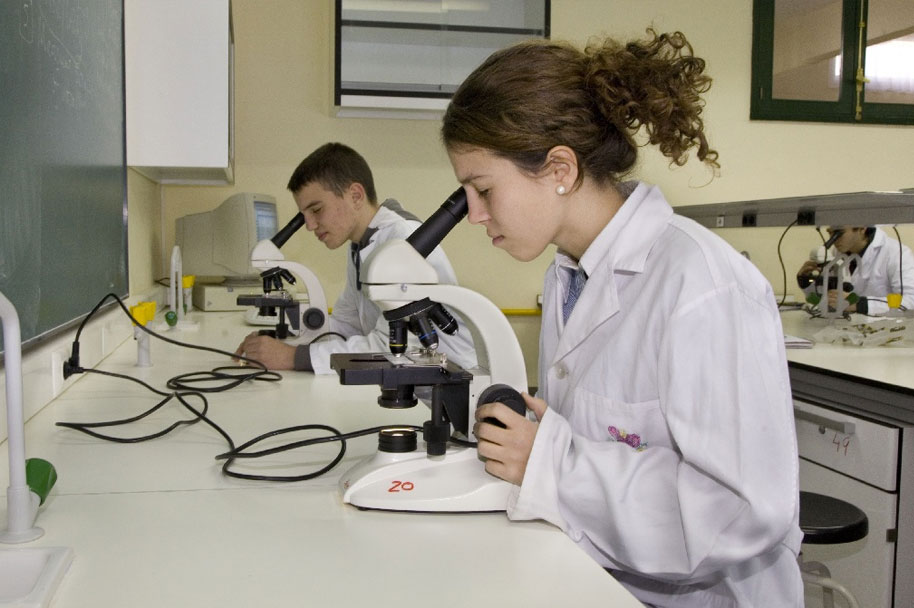Welcome to the Science Department
Science at San Francisco de Paula |
The Science Department are continually striving to make lessons interesting, challenging and relevant. Students studying science will experience group and cooperative learning, practical experiments, research tasks and develop their analytic and problem solving skills
Secondary science (Year 6 – 10) is taught according to the criteria and methodology of the Middle Years Program (MYP) of the International Baccalaureate Organization (IB), a programme designed to foster the student’s breadth of vision, making them aware of the international reality and promoting their personal involvement in the progress of society.
The MYP emphasizes the intellectual challenge. It encourages students aged 11 to 16 to make practical connections between their studies and the real world, which prepares them for success in their future education and in their lives.
MYP students have 3 x 60 minute lessons and 1 x 90 minute laboratory session per week and teaching is carried out in mixed ability groups.
The MYP emphasizes the intellectual challenge. It encourages students aged 11 to 16 to make practical connections between their studies and the real world, which prepares them for success in their future education and in their lives.
MYP students have 3 x 60 minute lessons and 1 x 90 minute laboratory session per week and teaching is carried out in mixed ability groups.
|
Baccalaureate DP/HSD (Year 11 – 12)
For the final two years, we offer the International Baccalaureate Diploma Program and the High School Diploma |
The International Baccalaureate is characterised by its teaching method, focused on the development of specific skills related to the student’s future career: the use of new technologies, research, critical analysis of literary works, styles and authors, field work, the use or historical resources, analysis and processing of information, the commitment to the community, independent thinking and leadership. |





